Introduction to Achilles Tendon Issues
The Achilles tendon, a robust fibrous band connecting the calf muscles to the heel bone, is an unsung hero in our daily movements. Despite its crucial role in facilitating activities like walking, running, and jumping, it often escapes our attention until an issue arises.
Achilles tendon issues encompass a range of injuries and conditions that affect this vital structure, leading to discomfort and compromised mobility. Understanding the importance of the Achilles tendon and recognizing the signs of potential problems is essential for maintaining overall foot health.
In this article, we delve into the intricacies of Achilles tendon issues, exploring common injuries, their causes, and the significant impact they can have on our ability to move freely. Moreover, we’ll shed light on the importance of arch support in the recovery process, providing insights into how proper support can alleviate strain and expedite healing.
Join us on a journey through the Achilles tendon, unraveling the complexities of its function, the challenges it may face, and the key role that arch support plays in its rehabilitation. Whether you’re an athlete aiming to prevent injuries or someone currently grappling with Achilles tendon issues, this exploration aims to equip you with valuable knowledge to foster a healthier and more agile lifestyle.
Understanding the Achilles Tendon
The Achilles tendon, named after the famed Greek warrior, is the largest and strongest tendon in the human body. It’s situated at the back of the lower leg and serves as a vital connector between the calf muscles and the heel bone.
Functionally, this tendon enables essential movements such as walking, running, and jumping. It’s a workhorse, absorbing tremendous forces during physical activities, allowing the foot to push off the ground effectively.
However, understanding the Achilles tendon also involves acknowledging its vulnerability to injuries. Conditions like tendonitis, characterized by inflammation, or even more severe issues like partial tears or ruptures, can occur due to various factors.
Overuse, sudden movements, improper footwear, and insufficient warm-up before intense physical activity are among the primary causes of Achilles tendon issues. These problems often manifest as pain, swelling, or stiffness in the back of the lower leg, affecting mobility and comfort.
Appreciating the Achilles tendon’s significance and comprehending the potential risks it faces is fundamental in adopting preventive measures and seeking timely treatment. Whether you’re an athlete, a fitness enthusiast, or simply someone striving for an active lifestyle, understanding the Achilles tendon is pivotal in maintaining optimal foot health and mobility.
Common Causes of Achilles Tendon Problems
Achilles tendon problems can arise from various factors, often stemming from a combination of overuse, biomechanical issues, and inadequate care during physical activities. Understanding these causes is crucial in both preventing and addressing tendon issues effectively.
- Overuse: Engaging in repetitive activities that strain the Achilles tendon without adequate rest or gradual buildup can lead to overuse injuries. This includes sudden increases in running distance or intensity without proper conditioning.
- Tight or Weak Muscles: Imbalances or weaknesses in the calf muscles, particularly the gastrocnemius and soleus, can place excessive stress on the Achilles tendon. Similarly, tightness in these muscles can contribute to strain on the tendon.
- Improper Footwear: Wearing shoes lacking proper support or not suited for specific activities can impact the Achilles tendon. Shoes with inadequate cushioning or improper arch support may exacerbate tendon issues.
- Biomechanical Factors: Abnormalities in foot structure, such as high or low arches, can affect how stress is distributed along the Achilles tendon. Poor foot biomechanics can increase the risk of tendon problems.
- Sudden Movements: Abrupt movements, especially those involving rapid changes in direction or force, can strain the Achilles tendon beyond its capacity, leading to injuries.
- Age and Degeneration: As individuals age, the tendon may undergo degenerative changes, becoming less flexible and more prone to injuries like tendonitis or tears.
Understanding these common causes empowers individuals to take proactive measures in mitigating the risks associated with Achilles tendon issues. Proper conditioning, appropriate footwear, and mindful engagement in physical activities can significantly reduce the likelihood of encountering problems with this vital tendon.
The Role of Arch Support in Recovery
Arch support is a critical component in the journey towards healing Achilles tendon problems. Its multifaceted role encompasses several key aspects that directly impact the recovery process:
- Pressure Distribution: Arch support serves as a strategic ally by effectively distributing the pressure exerted on the foot. This even distribution mitigates the excessive strain typically experienced by the Achilles tendon during movement, enabling a conducive environment for healing.
- Alignment Optimization: An often overlooked yet significant benefit of arch support lies in its ability to maintain proper foot alignment. By doing so, it not only alleviates stress on the Achilles tendon but also fosters overall foot stability. This alignment correction is instrumental in facilitating the tendon’s recovery.
- Addressing Biomechanical Issues: Individuals with overpronation or supination tendencies might face increased strain on the Achilles tendon. Arch support mechanisms address these biomechanical imbalances, rectifying foot positioning and diminishing undue stress on the tendon.
- Diverse Support Modalities: Arch support solutions come in various forms, ranging from specialized footwear to custom orthotic inserts. These options offer tailored support, considering individual foot structures and specific needs, thereby aiding the healing process.
- Preventive Reinforcement: Beyond supporting recovery, the use of arch support serves as a protective shield against re-injury. By continually providing necessary support, it creates a safeguarding effect, reducing the risk of aggravating the healing tendon.
In summary, incorporating appropriate arch support during the recovery phase from Achilles tendon issues is not just about comfort; it’s a strategic move. It’s a fundamental piece of the puzzle that not only relieves immediate strain but also plays a pivotal role in restoring optimal foot function and expediting the overall healing journey.
Importance of Arch Support
Arch support stands as a crucial element in maintaining overall foot health and mitigating various issues, particularly concerning the Achilles tendon. Its significance extends beyond mere comfort, playing a pivotal role in several aspects:
- Stabilizing the Foot: Proper arch support aids in stabilizing the foot’s structure. By providing a stable foundation, it minimizes excessive movement and helps distribute weight evenly, reducing strain on the Achilles tendon.
- Alleviating Pressure on the Tendon: The Achilles tendon endures significant stress during physical activities. Arch support helps disperse this pressure evenly across the foot, lessening the burden on the tendon and facilitating its recovery.
- Correcting Biomechanical Imbalances: Many individuals have variations in their foot arches, leading to biomechanical issues that affect the Achilles tendon. Arch support addresses these imbalances, optimizing foot alignment and reducing the risk of tendon injuries.
- Enhancing Shock Absorption: During movement, the foot absorbs considerable impact. Arch support assists in shock absorption, diminishing the shock transferred to the Achilles tendon, thereby reducing strain and potential injuries.
- Preventing Overuse Injuries: Overuse is a common cause of Achilles tendon issues. Adequate arch support provides the necessary reinforcement to prevent overuse injuries, making it an essential preventive measure.
- Facilitating Recovery: For those already experiencing Achilles tendon problems, arch support becomes a crucial aid in the recovery process. It supports the healing tendon, reducing discomfort and expediting recovery.
In essence, the importance of arch support cannot be overstated. It serves as a proactive measure to prevent injuries and as a supportive mechanism during recovery, ensuring optimal foot function and reducing the likelihood of Achilles tendon issues. Integrating proper arch support into daily activities promotes foot health and contributes significantly to overall well-being.
How Arch Support Aids Achilles Tendon Recovery
Arch support plays a pivotal role in expediting the healing process of Achilles tendon issues by offering targeted assistance and relief. Here’s how it aids in the recovery journey:
- Reduced Tendon Strain: Arch support functions as a cushioning barrier, absorbing shock and dispersing pressure away from the Achilles tendon. This minimizes strain on the healing tendon, allowing it to recuperate without enduring excessive stress.
- Promoting Proper Alignment: By providing structural reinforcement, arch support assists in maintaining proper foot alignment. This alignment optimization alleviates unnecessary tension on the Achilles tendon, creating a conducive environment for healing.
- Enhanced Stability and Support: Achilles tendon recovery demands stability. Arch support bolsters the foot’s stability, reducing excessive movement that might impede the healing process. This support aids in safeguarding the tendon during weight-bearing activities.
- Alleviating Discomfort and Pain: During recovery, individuals often experience discomfort. Arch support offers cushioning and support, diminishing discomfort associated with Achilles tendon issues, thereby promoting a more comfortable recovery period.
- Minimizing Risk of Re-injury: Utilizing arch support post-injury acts as a preventive measure against re-injury. It shields the healing tendon, reducing the likelihood of accidentally straining or exacerbating the recovering Achilles tendon.
- Assisting Rehabilitation Exercises: Arch support can complement rehabilitation exercises by providing additional support and stability. It allows individuals to engage in exercises aimed at strengthening the surrounding muscles without undue strain on the healing tendon.
In essence, arch support acts as an invaluable ally in the recovery process from Achilles tendon issues. It contributes significantly by reducing strain, promoting stability, and offering comfort, thereby facilitating a smoother and more efficient path to full tendon recovery.
Choosing the Right Arch Support
When it comes to addressing Achilles tendon issues, selecting the proper arch support is pivotal. Here’s a guide to help you make the right choice:
- Identify Your Arch Type: Understand your foot’s arch type—whether it’s high, low, or neutral. This knowledge will guide you in selecting support that aligns with your specific arch structure.
- Customization Features: Look for arch support options that offer customization. Inserts or orthotics that can be adjusted or molded to your foot’s contours provide tailored support, ensuring better effectiveness.
- Consider Supportive Materials: Assess the materials used in the arch support. Seek options with cushioned padding and shock-absorbing qualities to alleviate pressure on the Achilles tendon.
- Activity-Specific Support: Different activities may require varying levels of support. Choose arch support designed for your typical activities, whether it’s running, walking, or sports, to ensure adequate reinforcement.
- Prioritize Comfort and Fit: Comfort is paramount. Ensure the arch support feels comfortable when worn and fits well within your shoes. It should provide support without causing discomfort or altering your natural gait.
- Professional Consultation: Seeking advice from a podiatrist or a footwear specialist can be invaluable. They can assess your foot structure and recommend the most suitable arch support tailored to your specific needs.
- User Reviews and Recommendations: Consider feedback and recommendations from individuals with similar foot conditions. Their experiences with different arch support options can offer valuable insights.
By considering these factors and investing in arch support that aligns with your foot’s unique characteristics and needs, you can effectively address Achilles tendon issues and promote better foot health and comfort.
Types of Arch Support Available
Arch Support Insoles: These are inserts placed inside shoes to provide additional support. They come in different materials and designs, offering varying levels of cushioning and support based on individual foot arch types.
Factors to Consider When Selecting Arch Support
Choosing the right arch support involves evaluating several key factors to ensure optimal comfort and effectiveness in addressing Achilles tendon issues:
- Foot Arch Type: Determine whether you have a high, low, or neutral arch. Matching the support to your specific arch type ensures proper alignment and targeted reinforcement.
- Supportive Features: Look for support that offers cushioning, shock absorption, and stability. Consider materials and designs that alleviate pressure on the Achilles tendon.
- Customization Options: Consider whether the support can be tailored to your foot contours. Customizable inserts or orthotics ensure personalized support for individual needs.
- Activity-Specific Support: Choose arch support designed for your typical activities, whether it’s running, walking, or sports. Different activities demand varying levels of support.
- Comfort and Fit: Prioritize comfort without compromising on support. Ensure the arch support feels comfortable when worn and fits well within your footwear.
- Professional Guidance: Seek advice from a podiatrist or footwear specialist. Their expertise can help assess your foot structure and recommend suitable support.
- Reviews and Recommendations: Consider feedback from others with similar foot conditions. Their experiences with different arch support options can provide valuable insights.
- Durability and Maintenance: Assess the durability of the support and its maintenance requirements. Choose options that offer longevity and are easy to clean or replace when needed.
By considering these factors, individuals can make informed decisions when selecting arch support tailored to their foot structure, preferences, and the specific requirements for addressing Achilles tendon issues.
Exercises and Stretches for Achilles Tendon Recovery
Engaging in specific exercises and stretches is instrumental in rehabilitating the Achilles tendon and promoting its recovery. Here are some effective exercises and stretches:
- Calf Raises: Stand with feet shoulder-width apart. Lift your heels off the ground, rising onto your toes. Slowly lower back down. Perform sets of repetitions to strengthen the calf muscles, vital for Achilles tendon support.
- Eccentric Heel Drops: Stand on a step or elevated surface with your heels off the edge. Lower your heels below the step level, then lift back up using the uninjured foot to aid in the movement. Focus on the lowering phase to work the tendon.
- Towel Stretch: Sit with legs extended. Loop a towel around the ball of your foot and gently pull it toward you while keeping your knee straight. Hold the stretch for 30 seconds, repeating several times for calf and tendon flexibility.
- Wall Stretch: Place your hands against a wall, one foot forward and the other back, keeping both heels on the ground. Lean forward, feeling the stretch in the calf and Achilles tendon of the back leg. Hold for 30 seconds, switch legs, and repeat.
- Standing Calf Stretch: Stand facing a wall, place both hands on the wall at shoulder height. Step one foot back, keeping it straight, and press the heel into the ground. Lean forward, feeling the stretch in the calf and Achilles tendon.
- Seated Calf Stretch: Sit on the floor with legs extended. Loop a resistance band or towel around the ball of your foot and gently pull it towards you, keeping the knee straight. Hold for 30 seconds, then switch sides.
- Alphabet Toe Exercises: While seated, lift one leg and “write” the alphabet with your toes. This exercise helps improve ankle flexibility and strengthens the muscles around the Achilles tendon.
Perform these exercises and stretches consistently, ensuring gradual progression and avoiding overexertion. It’s crucial to consult with a healthcare professional or physical therapist before starting any exercise regimen, especially if recovering from Achilles tendon issues, to ensure they are suitable for your specific condition and stage of recovery..
Tips for Preventing Achilles Tendon Issues
Implementing preventive measures is crucial in safeguarding the Achilles tendon from potential injuries and issues. Here are valuable tips to minimize the risk of Achilles tendon problems:
- Proper Warm-up and Cool Down: Always warm up before physical activities and cool down afterward. Gradually increase intensity to prepare the muscles, reducing the risk of strain on the Achilles tendon.
- Strengthening Exercises: Incorporate calf-strengthening exercises into your routine to fortify the muscles supporting the Achilles tendon. Stronger muscles can better withstand stress and reduce the risk of injury.
- Appropriate Footwear: Wear shoes suitable for your activities that provide proper arch support and cushioning. Ensure they fit well and replace worn-out shoes to maintain adequate support for the Achilles tendon.
- Avoid Sudden Increases in Activity: Gradually increase the intensity or duration of physical activities to prevent overuse injuries. Sudden spikes in activity can strain the Achilles tendon.
- Listen to Your Body: Pay attention to any discomfort or pain in the Achilles tendon area. If you experience persistent pain, swelling, or stiffness, reduce activity and seek professional advice promptly.
- Cross-Training: Alternate between different types of activities to reduce repetitive stress on the Achilles tendon. Incorporate activities that vary in impact and intensity to diversify stress on the tendon.
- Maintain a Healthy Weight: Excess weight can increase stress on the lower extremities, including the Achilles tendon. Maintain a healthy weight to alleviate unnecessary strain.
- Stretch Regularly: Include calf and Achilles tendon stretches in your routine to improve flexibility and reduce tension. Stretching helps maintain optimal range of motion and minimizes injury risk.
- Stay Hydrated and Eat Well: Proper hydration and a balanced diet rich in nutrients aid in muscle recovery and tissue health, contributing to overall tendon health.
- Professional Assessment: Get periodic assessments from a podiatrist or physical therapist to evaluate foot structure, gait, and biomechanics. They can offer insights and recommendations for preventing Achilles tendon issues.
By incorporating these proactive measures into your lifestyle, you can significantly reduce the risk of encountering Achilles tendon problems, promoting long-term foot health and mobility.
Professional Guidance and Treatment Options
- Podiatrists and Orthopedic Specialists: Consult with podiatrists or orthopedic specialists specializing in foot and ankle care. They can assess your condition, provide a precise diagnosis, and recommend suitable treatment plans.
- Physical Therapy: Engage in physical therapy sessions tailored to Achilles tendon rehabilitation. A physical therapist can guide you through specific exercises, stretches, and techniques to strengthen the tendon and surrounding muscles.
- Custom Orthotics and Inserts: Consider custom-made orthotic inserts prescribed by a podiatrist or specialist. These personalized inserts provide targeted support to address individual foot mechanics and alleviate stress on the Achilles tendon.
- Bracing and Supportive Devices: In cases of severe injury, bracing or supportive devices may be recommended to immobilize the foot and allow the tendon to heal. These devices aid in reducing movement and strain on the tendon.
- Non-Surgical Interventions: Treatments such as shockwave therapy, ultrasound, or laser therapy may be suggested by healthcare professionals to stimulate healing and reduce inflammation in the Achilles tendon.
- Medications and Injections: Anti-inflammatory medications or corticosteroid injections may be prescribed to alleviate pain and inflammation in the affected area, especially in cases of tendonitis.
- Surgery: In severe cases of Achilles tendon tears or ruptures, surgical intervention may be necessary. Surgery aims to repair the damaged tendon and may involve various techniques depending on the extent of the injury.
- Regenerative Medicine: Advanced treatments like platelet-rich plasma (PRP) therapy or stem cell therapy are emerging options that aim to promote healing by using the body’s natural growth factors or regenerative cells.
- Holistic Approaches: Some individuals explore complementary therapies like acupuncture, massage therapy, or chiropractic care as adjuncts to traditional treatments for pain relief and enhanced healing.
- Follow-up Care and Rehabilitation: Continual follow-up with healthcare professionals is crucial for monitoring progress and adjusting treatment plans as needed. Rehabilitation exercises and ongoing care are vital for sustained recovery.
Seeking professional guidance allows for an accurate diagnosis and a tailored treatment plan that addresses your specific Achilles tendon issues. Collaborating with healthcare experts ensures comprehensive care and maximizes the chances of successful recovery.
When to Seek Professional Help
- Persistent Pain: Enduring pain in the Achilles tendon that persists despite rest or home remedies.
- Swelling or Inflammation: Noticeable swelling, redness, or warmth around the Achilles tendon area.
- Difficulty Walking or Moving: Difficulty walking, bearing weight on the affected leg, or performing routine movements due to Achilles tendon discomfort.
- Popping Sensation or Audible Sound: Hearing a popping or snapping sound accompanied by sudden pain in the Achilles tendon area.
- Limited Range of Motion: Experiencing a reduced range of motion or stiffness in the ankle or calf muscles.
- Visible Changes: Noticing lumps, bumps, or deformities around the Achilles tendon.
- Previous History of Tendon Issues: Having a history of Achilles tendon injuries or conditions that may increase the risk of recurrent problems.
- Persistent Discomfort During Physical Activities: Experiencing ongoing discomfort, tightness, or weakness in the Achilles tendon during or after physical activities.
Seeking professional help from a podiatrist, orthopedic specialist, or physical therapist when encountering these signs or symptoms is essential. Early intervention and proper guidance significantly contribute to effective management and optimal recovery from Achilles tendon issues.
Treatment Options and Therapies Available
- Rest and Ice: Resting the affected area and applying ice packs can help reduce inflammation and alleviate pain in the Achilles tendon.
- Physical Therapy: Engaging in physical therapy sessions tailored to Achilles tendon rehabilitation. Therapists guide through exercises to strengthen the tendon and surrounding muscles while improving flexibility.
- Orthotic Inserts: Custom-made or over-the-counter inserts provide arch support, cushioning, and proper alignment to reduce stress on the Achilles tendon.
- Bracing or Supportive Devices: Braces, splints, or supportive devices may be recommended to stabilize the foot and limit movement, aiding in tendon healing.
- Medications: Anti-inflammatory medications or pain relievers are prescribed to manage pain and reduce inflammation in cases of tendonitis or acute injuries.
- Corticosteroid Injections: In severe cases of tendonitis, injections of corticosteroids into the tendon sheath can help alleviate inflammation and pain.
- Extracorporeal Shockwave Therapy (ESWT): This treatment involves using shockwaves to stimulate blood flow and promote healing in the Achilles tendon.
- Surgery: Surgical intervention is considered for severe tendon tears or ruptures. Procedures involve repairing the tendon through various techniques depending on the extent of the injury.
- Platelet-Rich Plasma (PRP) Therapy: PRP injections use a concentrated form of the patient’s blood to promote healing by releasing growth factors into the injured tendon.
- Stem Cell Therapy: Emerging treatments involve injecting stem cells into the damaged tendon to facilitate repair and regeneration.
- Ultrasound or Laser Therapy: These therapies may be used to reduce pain, inflammation, and promote healing in the Achilles tendon.
The choice of treatment depends on the severity, type of injury, individual circumstances, and the healthcare professional’s assessment. Consulting with a healthcare provider helps determine the most suitable treatment or combination of therapies for effective management of Achilles tendon issues.
Conclusion
In conclusion, addressing Achilles tendon issues requires a comprehensive approach, with arch support emerging as a vital component in the recovery journey. By understanding the significance of proper arch support, choosing suitable options, adopting preventive measures, and seeking professional guidance, individuals can effectively manage and recover from Achilles tendon problems.
Unique FAQs
- Is wearing arch support beneficial for all types of Achilles tendon issues?
- Can improper footwear worsen Achilles tendon problems during recovery?
- Are there specific exercises that should be avoided during Achilles tendon recovery?
- How long does it typically take for Achilles tendon issues to heal with proper arch support?
- What role does rest play in the recovery of Achilles tendon issues?
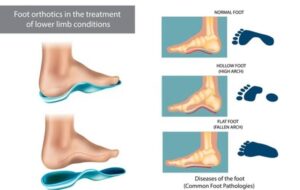
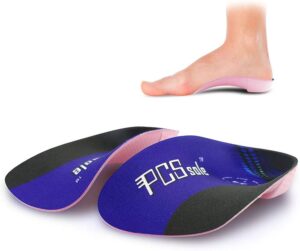


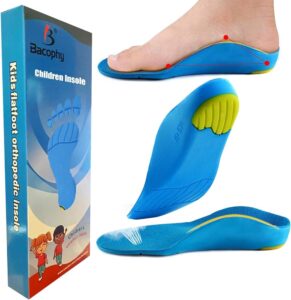
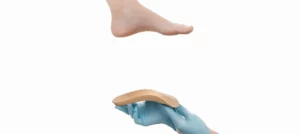
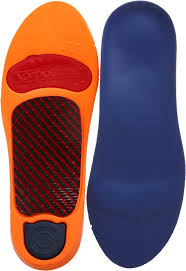
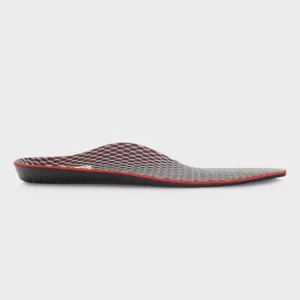
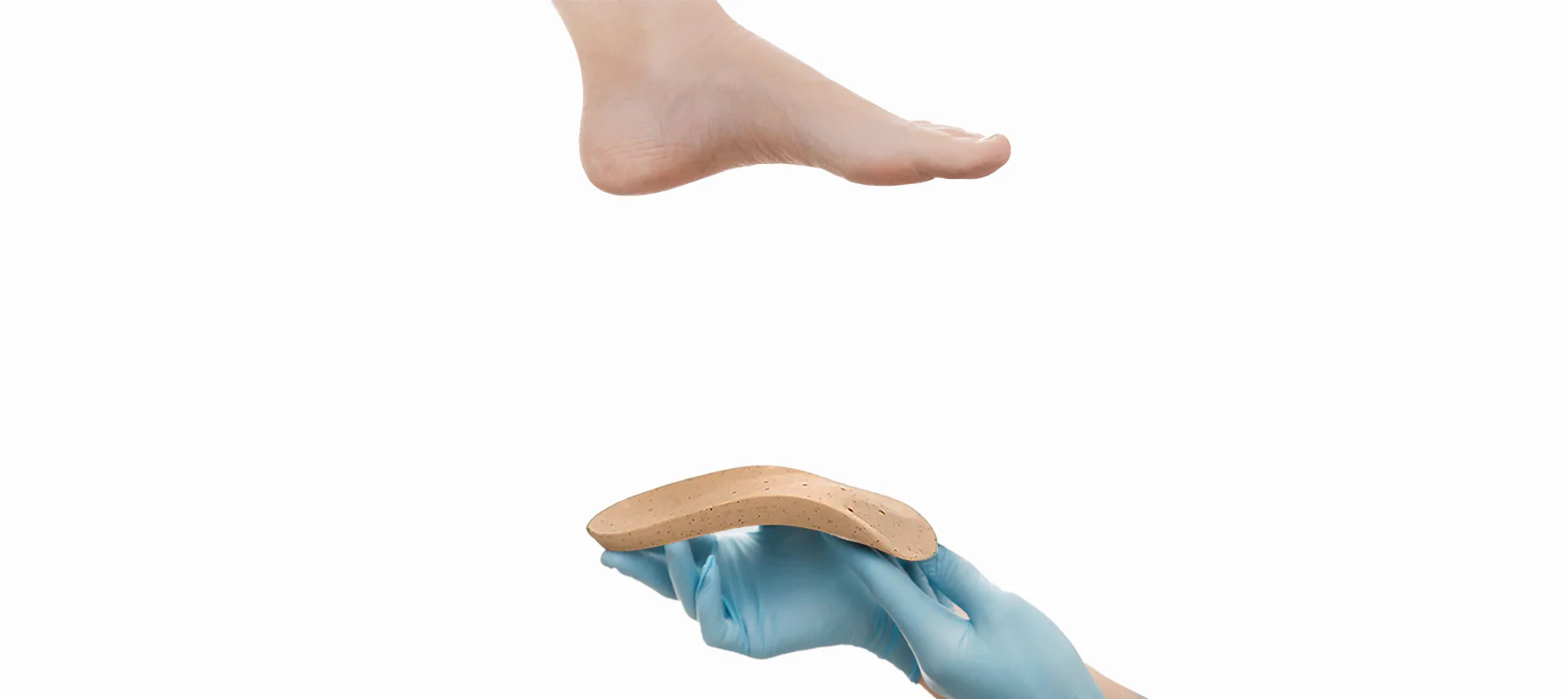
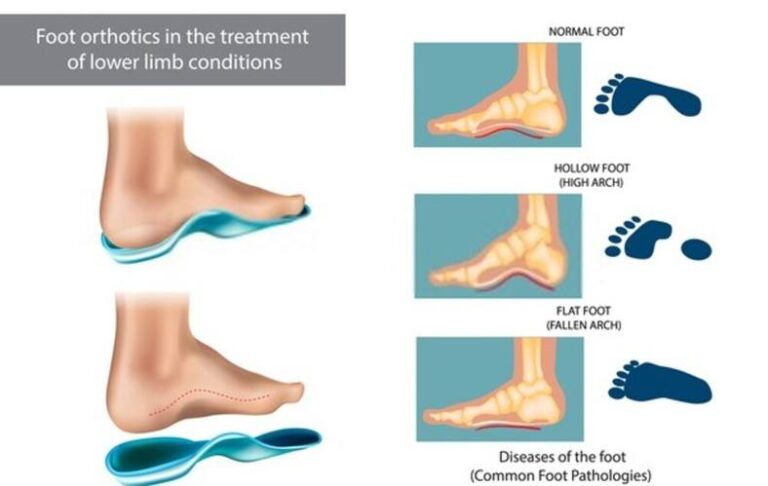

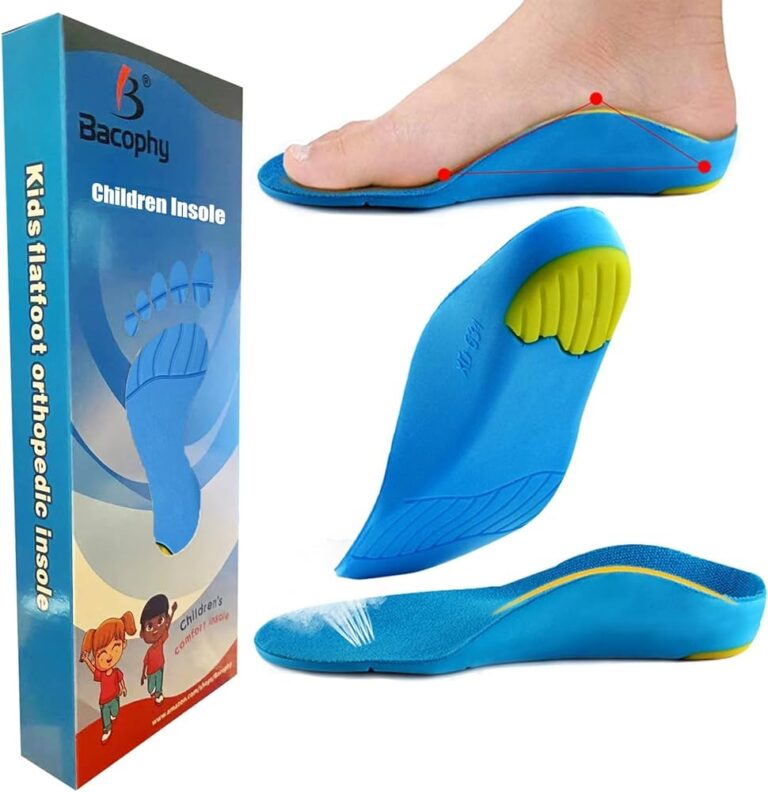
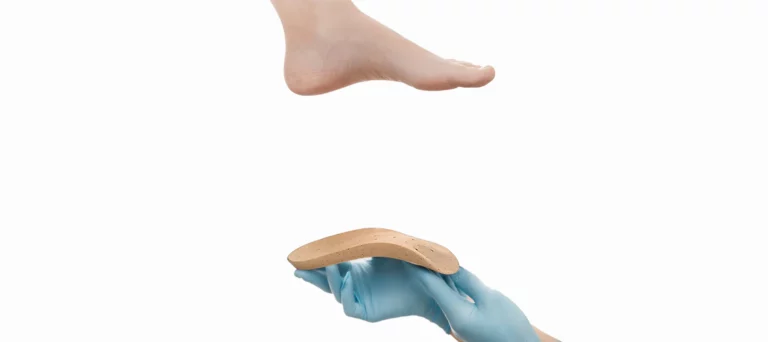
+ There are no comments
Add yours